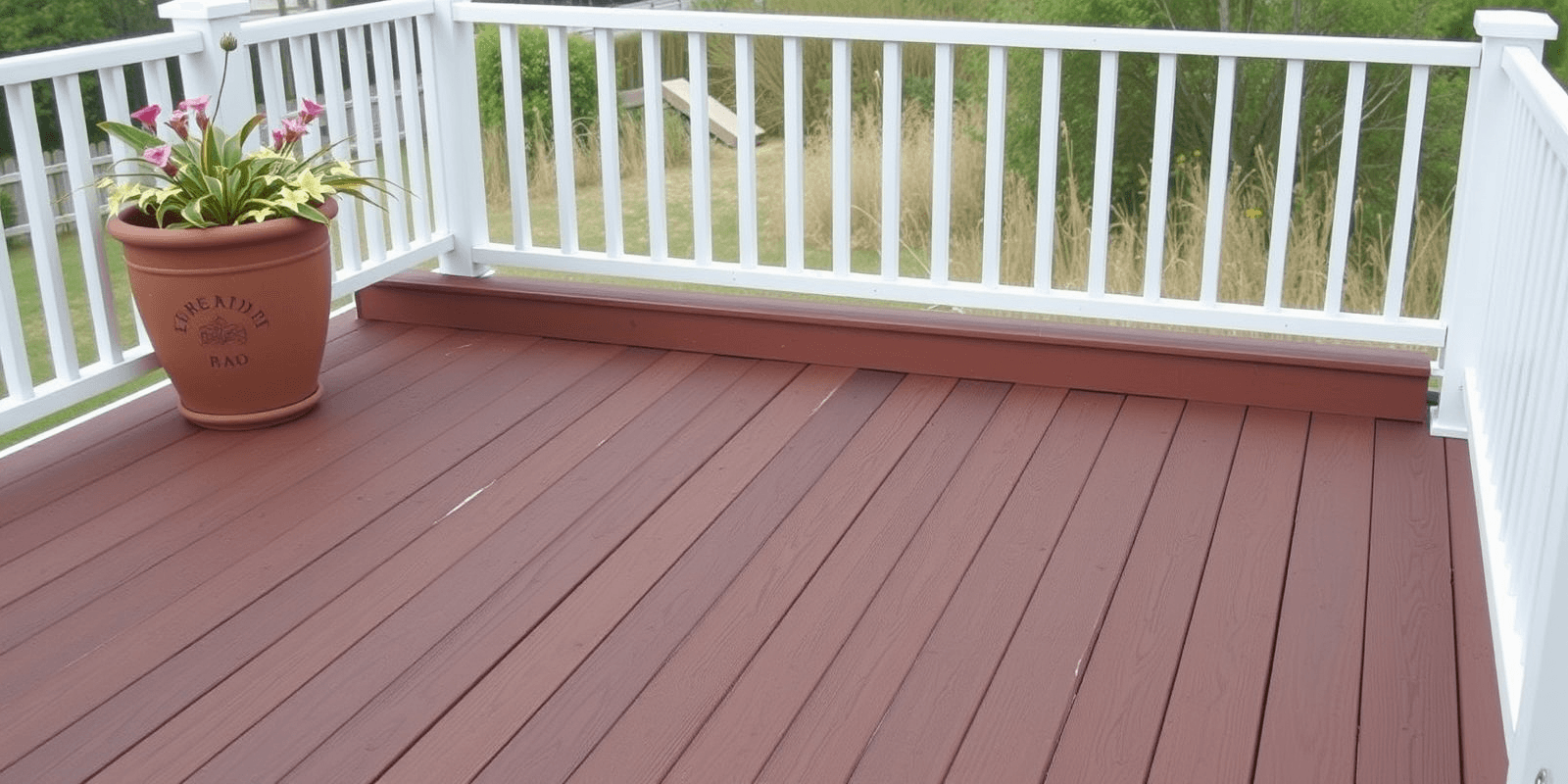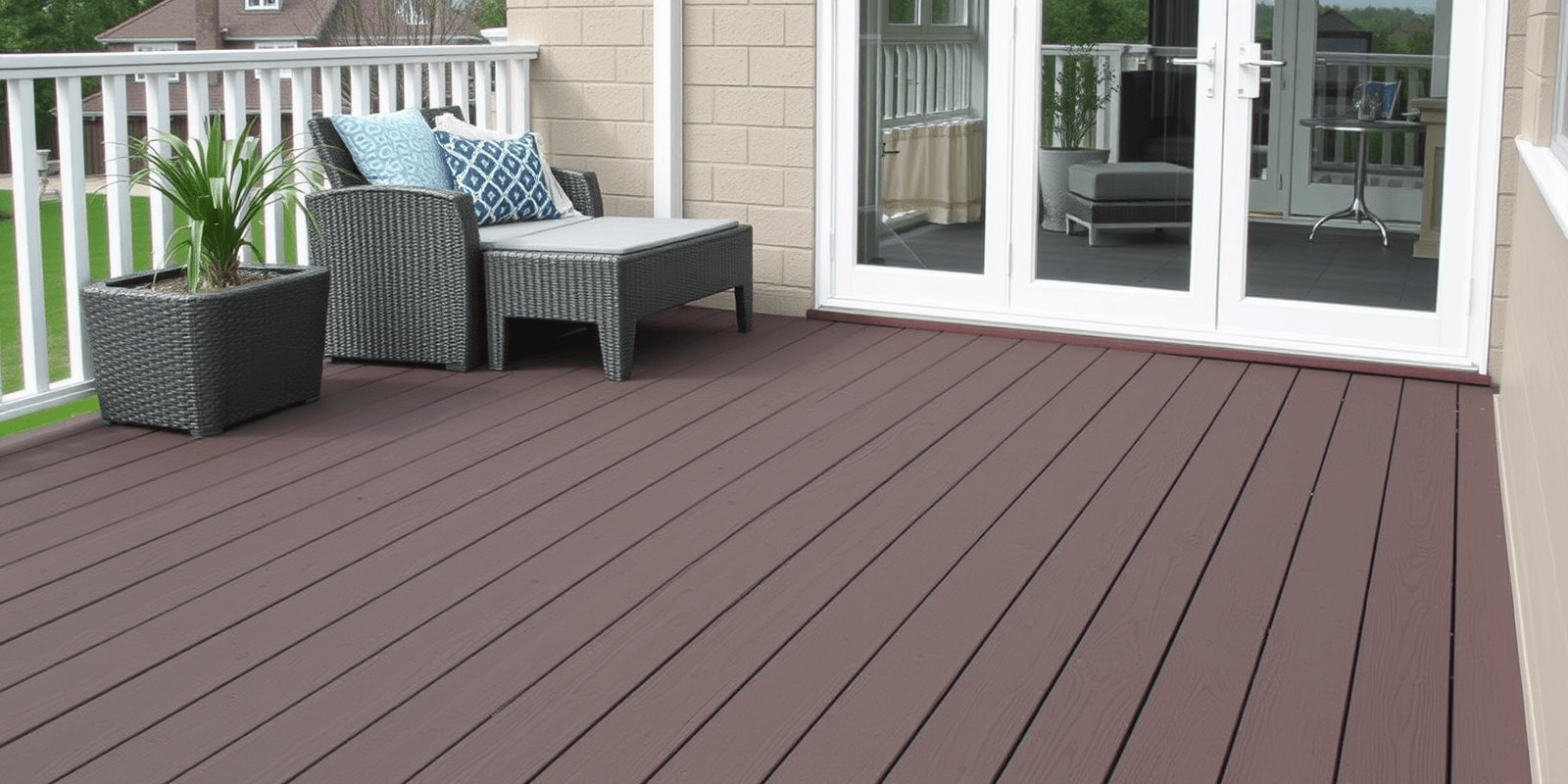Wood Plastic Composite Decking HS Code
Introduction
In the world of global trade, understanding the Harmonized System (HS) codes is crucial for manufacturers, importers, and exporters alike. These codes provide a standardized system for classifying goods traded internationally, ensuring smooth transactions and compliance with regulations. This article delves into the intricacies of HS codes, their significance in global commerce, and how they specifically apply to wood plastic composite decking. We will also explore the specific HS code assigned to this product and its implications for stakeholders involved in its manufacturing, importing, and exporting processes.
Understanding HS Codes
The Harmonized System (HS) is an international nomenclature for the classification of products. It allows participating countries to classify traded goods on a common basis for customs purposes. At the heart of the HS is a six-digit code structure, which is further broken down into more detailed subcategories. The HS is maintained by the World Customs Organization (WCO), which updates it every five years to keep pace with changes in technology and trade.
The Significance of HS Codes in Global Trade
HS codes play a pivotal role in facilitating international trade by providing a universal language for categorizing goods. They help in determining duties and taxes, ensuring that all parties involved adhere to the same standards. Moreover, these codes enable governments to collect accurate trade statistics, monitor trends, and implement policies effectively. For businesses, HS codes are essential for ensuring compliance with import/export regulations, avoiding delays, and optimizing logistics.
Applying HS Codes to Wood Plastic Composite Decking
Wood plastic composite (WPC) decking is a popular alternative to traditional wood or metal decking materials due to its durability and low maintenance requirements. To understand the HS code for WPC decking, we must first identify the primary materials used in its construction. WPC typically consists of wood fibers and recycled plastic, often polyethylene or polypropylene. Based on the HS classification, WPC decking falls under the category of “Plastics, including articles thereof.”
Specifically, the HS code for WPC decking is 3918.10.00. This code pertains to “Other plates, sheets, film, foil and strip, of plastics, whether or not reinforced, whether or not containing up to 10% by weight of fillers or reinforcements.” This classification encompasses the unique composition of WPC, which combines both wood and plastic components.
Implications for Manufacturers, Importers, and Exporters
For manufacturers, knowing the correct HS code is vital for accurately declaring products during export or import procedures. This ensures compliance with regulatory requirements and avoids potential penalties. Importers benefit from precise classification as it helps them determine applicable duties and taxes, streamlining their supply chain operations. Exporters can leverage the HS code to navigate international markets efficiently, ensuring that their products meet local standards and regulations.
Furthermore, understanding the HS code enables businesses to stay informed about market trends, tariffs, and other economic factors that may impact their operations. This knowledge empowers them to make strategic decisions, optimize production processes, and maintain competitive advantages in the global marketplace.
Conclusion
Harmonized System (HS) codes are indispensable tools in the realm of global trade. They offer a standardized method for classifying goods, ensuring seamless transactions across borders. For wood plastic composite decking, the specific HS code 3918.10.00 plays a critical role in defining its classification and implications for manufacturers, importers, and exporters. By adhering to these codes, businesses can navigate the complexities of international trade more effectively, fostering growth and sustainability in their operations.



